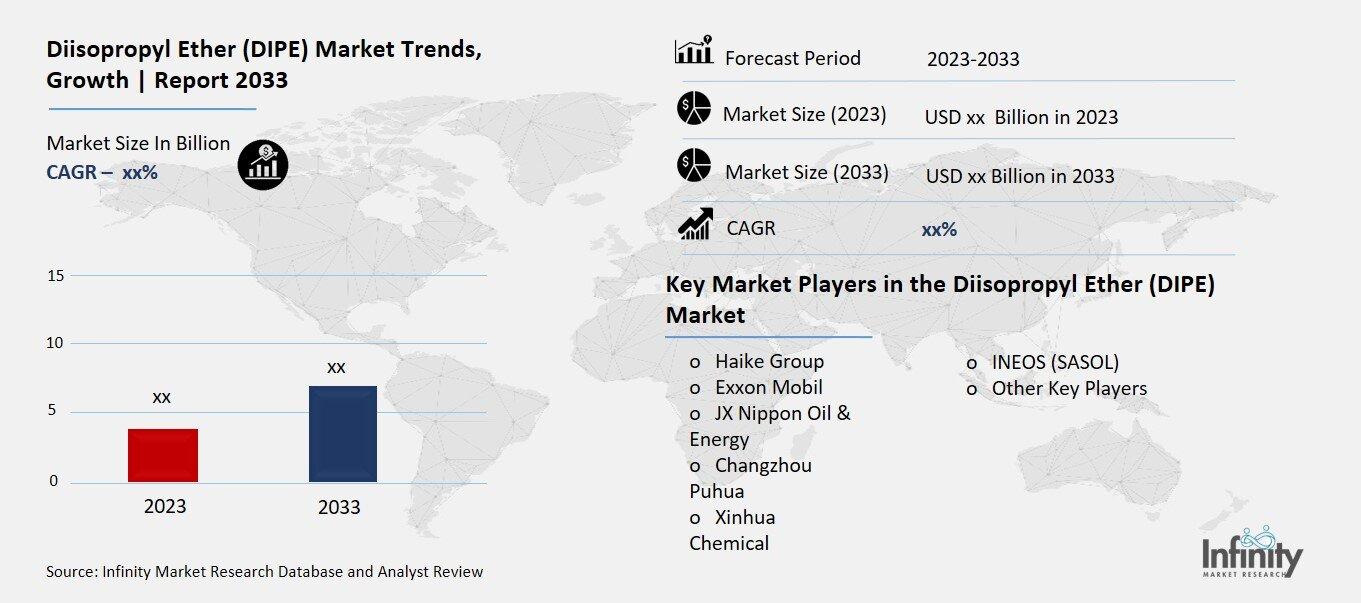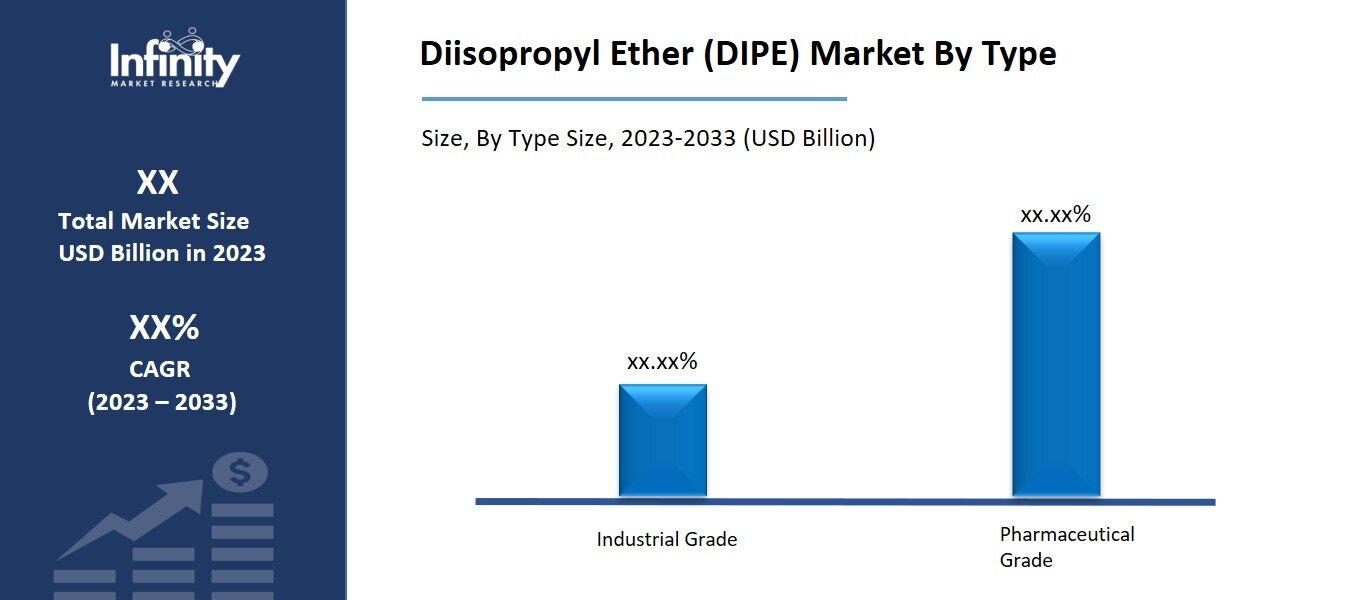
🔐 Secure Payment Guaranteed
Safe checkout with trusted global payment methods.
🌟 Why Choose Infinity Market Research?
At Infinity Market Research, we dont just deliver data — we deliver clarity, confidence, and competitive edge.
In a world driven by insights, we help businesses unlock the infinite potential of informed decisions.
Here why global brands, startups, and decision-makers choose us:
Industry-Centric Expertise
With deep domain knowledge across sectors — from healthcare and technology to manufacturing and consumer goods — our team delivers insights that matter.
Custom Research, Not Cookie-Cutter Reports
Every business is unique, and so are its challenges. Thats why we tailor our research to your specific goals, offering solutions that are actionable, relevant, and reliable.
Data You Can Trust
Our research methodology is rigorous, transparent, and validated at every step. We believe in delivering not just numbers, but numbers that drive real impact.
Client-Centric Approach
Your success is our priority. From first contact to final delivery, our team is responsive, collaborative, and committed to your goals — because you re more than a client; you re a partner.
Recent Reports
Global Myopia Control Lenses Market Report 2025-33
Hyaluronic Acid-based Dermal Fillers Market Report
Diisopropyl Ether (DIPE) Market
Global Diisopropyl Ether (DIPE) Market (By Type, Industrial Grade and Pharmaceutical Grade; By Application, Pharmaceutical, Fuel additives, Paints, General solvent, and Other Applications; By Region and Companies), 2024-2033
Oct 2024
Chemicals and Materials
Pages: 138
ID: IMR1243
Diisopropyl Ether (DIPE) Market Overview
Global Diisopropyl Ether (DIPE) Market acquired the significant revenue of XX Billion in 2023 and expected to be worth around USD XX Billion by 2033 with the CAGR of XX% during the forecast period of 2024 to 2033. The market is experiencing steady growth, driven by its applications in various industries, particularly as a solvent and an oxygenate additive in gasoline formulations. DIPE is used to improve fuel combustion efficiency and reduce emissions, making it increasingly relevant in regions with stringent environmental regulations. The market is also influenced by its role as a solvent in the production of pharmaceuticals and chemicals, where its properties make it suitable for use in reactions and extractions.

Drivers for the Diisopropyl Ether (DIPE) Market
Rising Demand for Fuel Additives
Diisopropyl Ether (DIPE) is gaining prominence as an effective oxygenate additive, it helps improve the combustion quality of gasoline. The presence of oxygen in DIPE promotes more complete fuel combustion, this reduces the release of harmful emissions such as carbon monoxide and unburned hydrocarbons. This makes DIPE an attractive additive for enhancing fuel efficiency and meeting regulatory standards.
Moreover, the rising global emphasis on reducing the environmental impact of transportation fuels is a key factor driving the demand for DIPE. Regions with stringent environmental standards, such as North America and Europe, are increasingly incorporating oxygenates like DIPE to comply with emissions norms and to lower the carbon footprint of gasoline.
Restraints for the Diisopropyl Ether (DIPE) Market
Fluctuating Raw Material Prices
DIPE is synthesized from propylene, a key raw material that is also widely used across numerous industries, including the production of polypropylene and other petrochemicals. The supply and pricing of propylene are subject to fluctuations due to various factors such as changes in crude oil prices, refinery output, and demand dynamics from competing applications. These price volatilities directly impact the cost structure of DIPE production, leading to uncertainty for manufacturers. When propylene prices rise, the production costs of DIPE increase, which can squeeze profit margins unless these costs are passed on to end users. Moreover, supply chain disruptions whether due to geopolitical issues, regulatory changes, or production limitations—can further exacerbate the challenge, leading to inconsistent availability of propylene.
Opportunity in the Diisopropyl Ether (DIPE) Market
Emerging Biofuel Applications
With the growing emphasis on alternative and renewable energy sources, Diisopropyl Ether (DIPE) presents an opportunity for use in biofuel blends, which are gaining traction as sustainable alternatives to conventional fossil fuels. DIPE, being an effective oxygenate, can be blended with biofuels to enhance their combustion efficiency by promoting more complete burning. This results in reduced emissions of harmful pollutants and improved engine performance, aligning with global efforts to create cleaner energy solutions. The increasing adoption of biofuels, driven by environmental regulations and the push for decarbonization, provides a promising growth avenue for DIPE in the fuel additives market.
Trends for the Diisopropyl Ether (DIPE) Market
Increased Focus on Product Innovation
Companies in the DIPE are increasingly prioritizing product innovations to enhance production efficiency and reduce operational costs. This focus on innovation is driven by the need to optimize manufacturing processes, which can involve implementing advanced technologies such as process automation and improved chemical synthesis methods. By streamlining operations and minimizing waste, companies can achieve cost savings that enable them to offer more competitive pricing in a price-sensitive market. Additionally, the pursuit of innovation extends beyond just cost reduction; manufacturers are actively exploring new applications for DIPE in niche industries such as electronics, cosmetics, and agrochemicals. For instance, DIPE’s solvency and low toxicity make it a suitable candidate for use in specialty chemicals and formulations, expanding its applicability and creating new revenue streams.
Segments Covered in the Report
By Type
o Industrial Grade
o Pharmaceutical Grade
By Application
o Pharmaceutical
o Fuel additives
o Paints
o General solvent
o Other Applications
Segment Analysis
By Type Analysis
On the basis of type, the market is divided into industrial grade and pharmaceutical grade. Among these, industrial grade segment acquired the significant share in the market owing to its broader applicability across various industries. Industrial grade DIPE is primarily utilized as a solvent in chemical processes, extractions, and formulations in sectors such as coatings, adhesives, and electronics. Its effectiveness in improving the performance of industrial applications, coupled with its cost-effectiveness, makes it a preferred choice for manufacturers looking to optimize production efficiency. Furthermore, the increasing demand for solvents in industries such as automotive and textiles further propels the growth of the industrial grade segment.

Additionally, the ongoing industrialization in emerging economies contributes to a rising demand for industrial chemicals, thereby enhancing the market share of industrial grade DIPE. While pharmaceutical grade DIPE holds importance in drug formulation and production due to its high purity, the broader and more varied applications of industrial grade DIPE position it as a dominant player in the overall market.
By Application Analysis
On the basis of application, the market is divided into pharmaceutical, fuel additives, paints, general solvent, and other applications. Among these, pharmaceutical held the prominent share of the market due to the increasing demand for high-purity solvents in the formulation and manufacturing of various drugs and pharmaceutical products. DIPE is valued in the pharmaceutical industry for its excellent solvency properties, which enable it to effectively dissolve active pharmaceutical ingredients (APIs) and enhance the efficiency of extraction processes. As the global pharmaceutical sector continues to expand, driven by factors such as an aging population, rising chronic diseases, and increased investment in drug development, the demand for high-quality solvents like DIPE is also on the rise. Moreover, regulatory compliance regarding the use of solvents in pharmaceutical applications necessitates the use of pharmaceutical-grade DIPE, which further solidifies its position in this segment.
Regional Analysis
North America Dominated the Market with the Highest Revenue Share
North America held the most of the share of the market. The region is characterized by a robust pharmaceutical industry, which drives significant demand for high-purity DIPE as a solvent in drug formulation and manufacturing processes. The presence of major pharmaceutical companies and research institutions in the United States and Canada contributes to a strong market for pharmaceutical-grade DIPE, further enhancing its revenue potential.
Additionally, North America is a leader in fuel additive applications, where DIPE is utilized to improve fuel combustion efficiency and reduce emissions in response to stringent environmental regulations. The increasing focus on sustainability and cleaner fuels in the automotive sector also supports the demand for DIPE as an oxygenate additive.
Competitive Analysis
The competitive landscape of the Diisopropyl Ether (DIPE) market is marked by the presence of both established chemical manufacturers and emerging specialty firms. Major players such as BASF SE, ExxonMobil Chemical Company, and Eastman Chemical Company dominate the market, leveraging their extensive production capacities, established distribution networks, and brand recognition to maintain a competitive edge. In addition, smaller niche companies focus on high-purity DIPE for pharmaceutical applications, often providing customized solutions to meet specific industry needs. Key strategies for competition include product innovation, where companies invest in research and development to enhance product quality and production efficiency, and strategic partnerships that facilitate entry into new markets.
Key Market Players in the Diisopropyl Ether (DIPE) Market
o Haike Group
o Exxon Mobil
o JX Nippon Oil & Energy
o Changzhou Puhua
o Xinhua Chemical
o INEOS (SASOL)
o Other Key Players
|
Report Features |
Description |
|
Market Size 2023 |
USD XX Billion |
|
Market Size 2033 |
USD XX Billion |
|
Compound Annual Growth Rate (CAGR) |
XX% (2023-2033) |
|
Base Year |
2023 |
|
Market Forecast Period |
2024-2033 |
|
Historical Data |
2019-2022 |
|
Market Forecast Units |
Value (USD Billion) |
|
Report Coverage |
Revenue Forecast, Market Competitive Landscape, Growth Factors, and Trends |
|
Segments Covered |
By Type, Application, and Region |
|
Geographies Covered |
North America, Europe, Asia Pacific, and the Rest of the World |
|
Countries Covered |
The U.S., Canada, Germany, France, U.K, Italy, Spain, China, Japan, India, Australia, South Korea, and Brazil |
|
Key Companies Profiled |
Haike Group, Exxon Mobil, JX Nippon Oil & Energy, Changzhou Puhua, Xinhua Chemical, INEOS (SASOL), and Other Key Players |
|
Key Market Opportunities |
Emerging Biofuel Applications |
|
Key Market Dynamics |
Rising Demand for Fuel Additives |
📘 Frequently Asked Questions
1. Who are the key players in the Diisopropyl Ether (DIPE) Market?
Answer: Haike Group, Exxon Mobil, JX Nippon Oil & Energy, Changzhou Puhua, Xinhua Chemical, INEOS (SASOL), and Other Key Players
2. How much is the Diisopropyl Ether (DIPE) Market in 2023?
Answer: The Diisopropyl Ether (DIPE) Market size was valued at USD xx Billion in 2023.
3. What would be the forecast period in the Diisopropyl Ether (DIPE) Market?
Answer: The forecast period in the Diisopropyl Ether (DIPE) Market report is 2023-2033.
4. What is the growth rate of the Diisopropyl Ether (DIPE) Market?
Answer: Diisopropyl Ether (DIPE) Market is growing at a CAGR of xx% during the forecast period, from 2023 to 2033.


🔐 Secure Payment Guaranteed
Safe checkout with trusted global payment methods.
🌟 Why Choose Infinity Market Research?
- Accurate & Verified Data:Our insights are trusted by global brands and Fortune 500 companies.
- Complete Transparency:No hidden fees, locked content, or misleading claims — ever.
- 24/7 Analyst Support:Our expert team is always available to help you make smarter decisions.
- Instant Savings:Enjoy a flat $1000 OFF on every report.
- Fast & Reliable Delivery:Get your report delivered within 5 working days, guaranteed.
- Tailored Insights:Customized research that fits your industry and specific goals.




